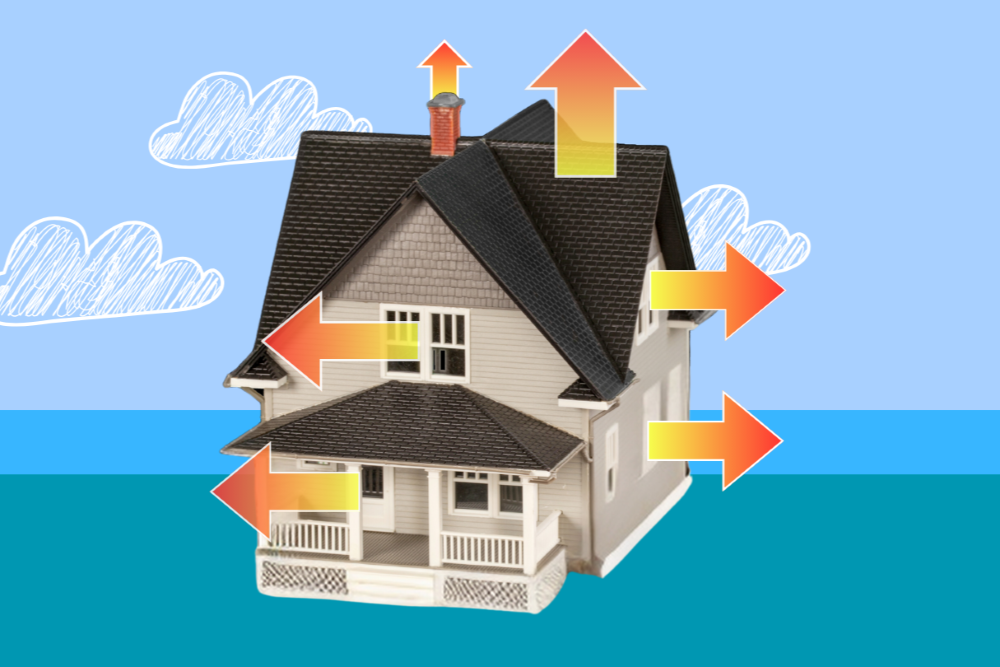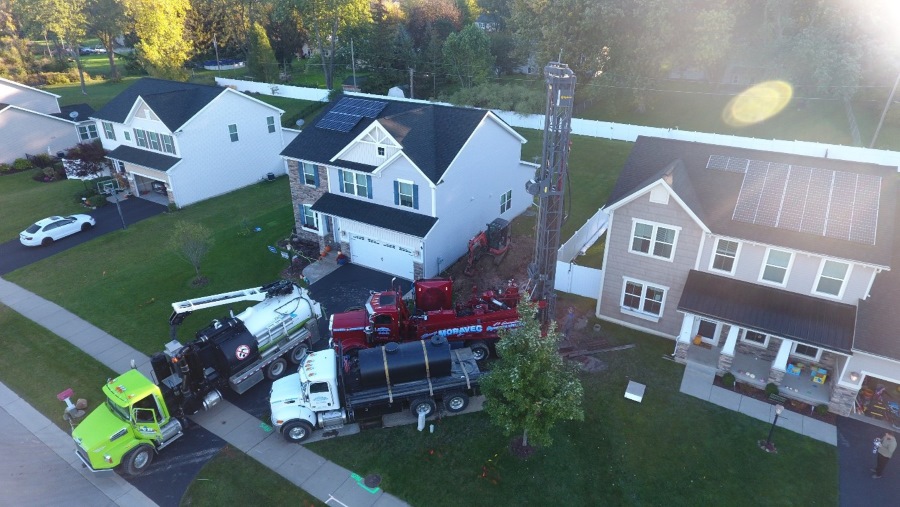It’s not about the temperature, it’s about the energy!
We are not magically turning 55°F into 70°F. Here is a simple way to look at it without getting into the nitty gritty of physics and the energy released with refrigerant phase changes: We’re collecting a lot of energy and squeezing it in the compressor of the heat pump so it becomes hot or cold.
For a typical 5-ton geothermal heat pump, we are putting 3,600 feet of ¾ inch tubing in the ground. That is 43,200 inches! Think of each inch as one unit of energy. As the water flows through the pipes, it’ i’s collecting all that energy, which is squeezed to provide your heating, or cooling. Collecting the energy is free, it is the squeezing process that is reflected as an electrical cost. In the winter we are doing more squeezing so you have higher heating costs. In the summer it is the opposite.
This process is extremely efficient. For every 1 kWh of electricity used, you are producing up to 6 kWh of energy. This makes geothermal the most energy efficient method to heat and cool your home. The reason we need to collect so many units of energy is to make sure we have enough to more than adequately heat your home, even on the coldest days. This is renewable, not infinite energy, so we need to make sure we are not depleting the water of too much heat, and giving it enough time to reabsorb heat after it goes through the heat pump.







